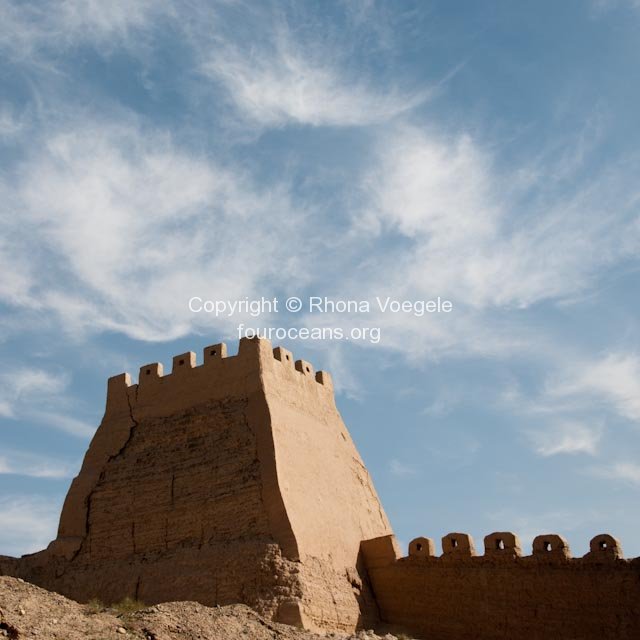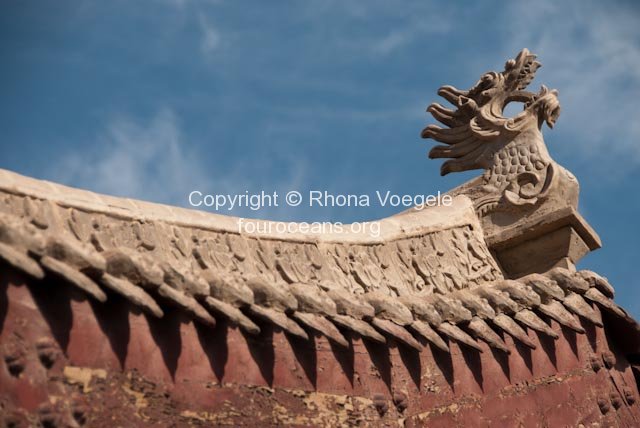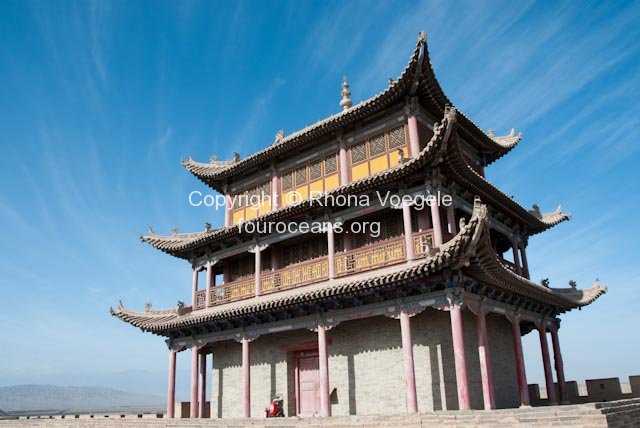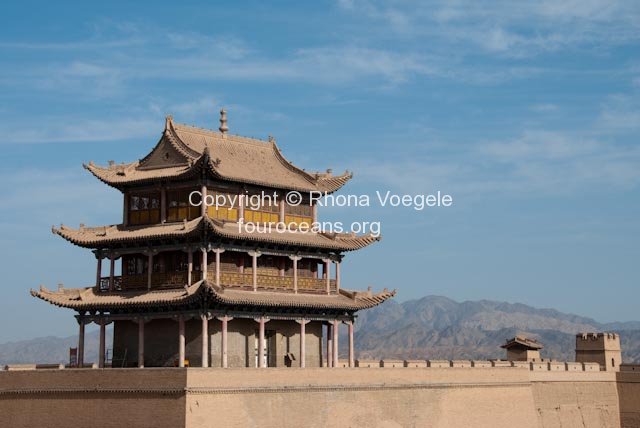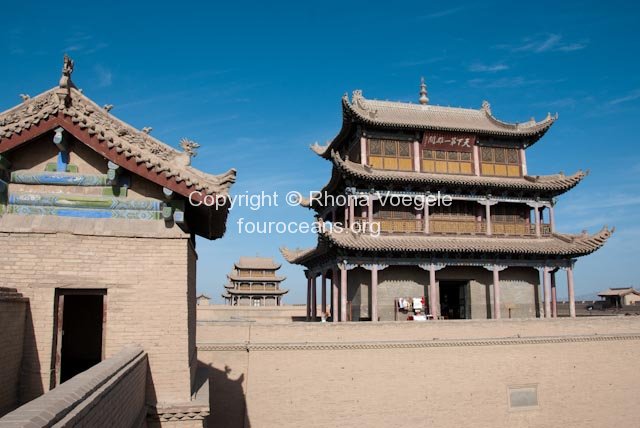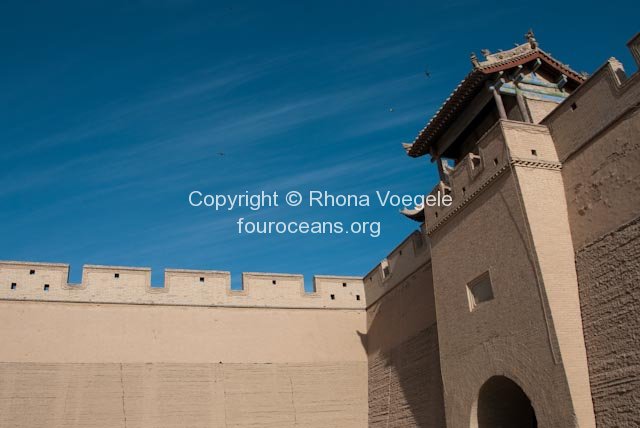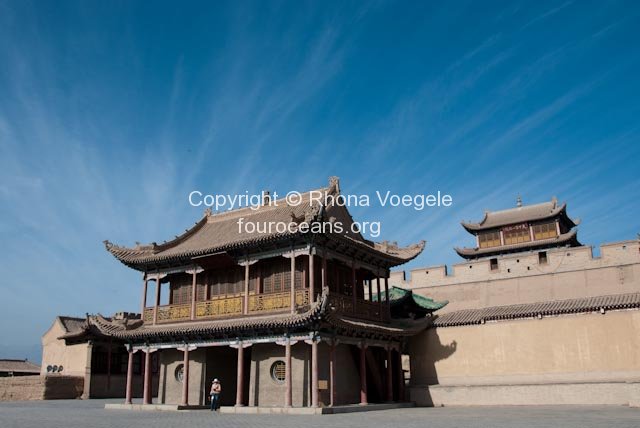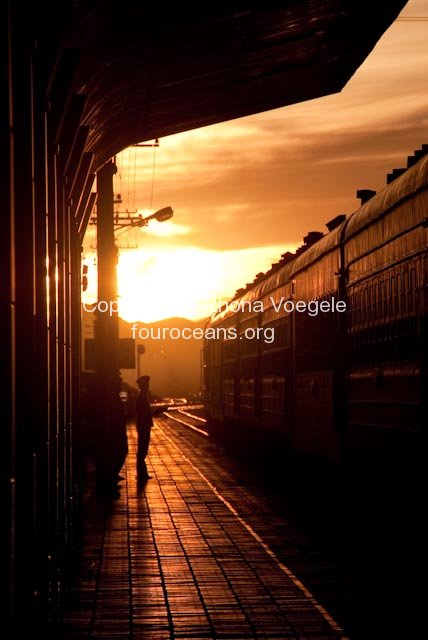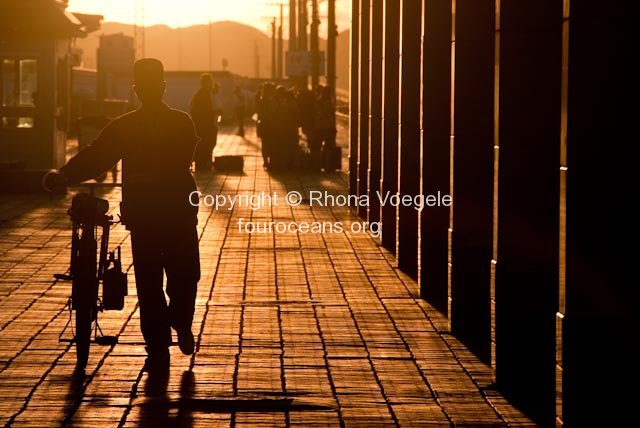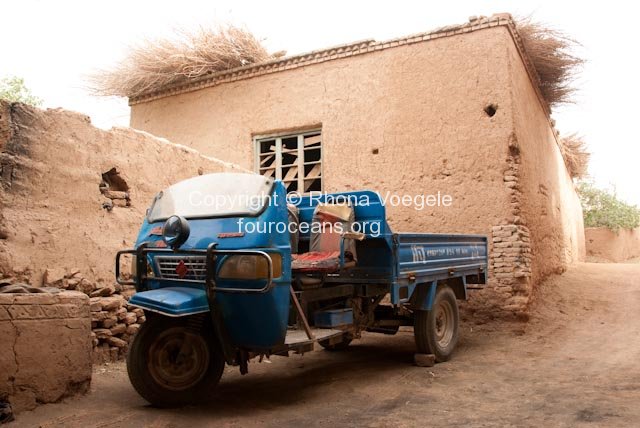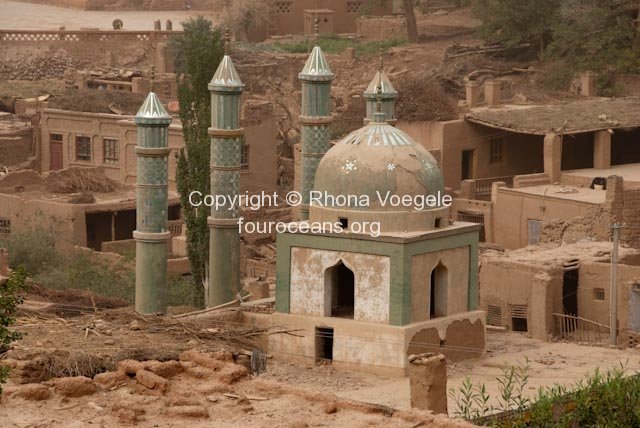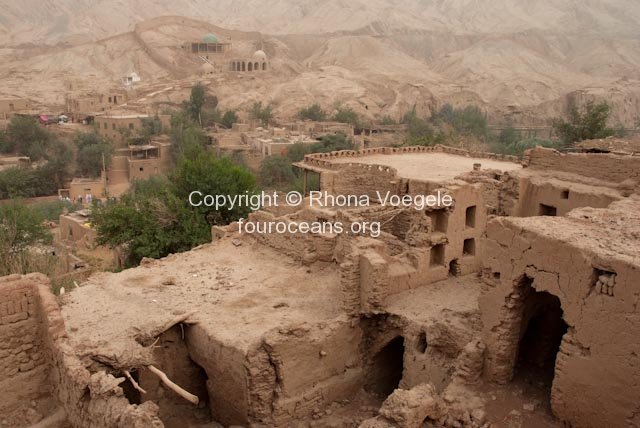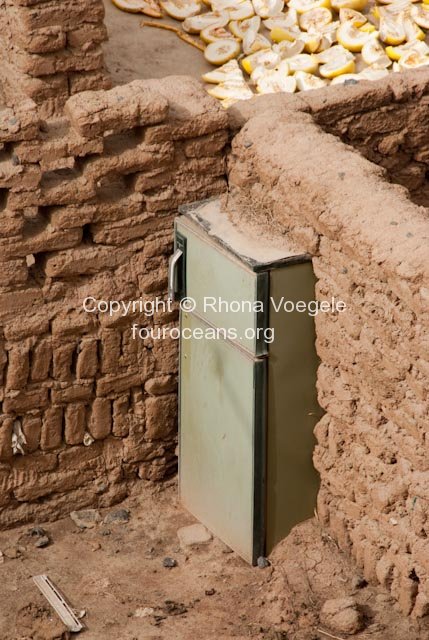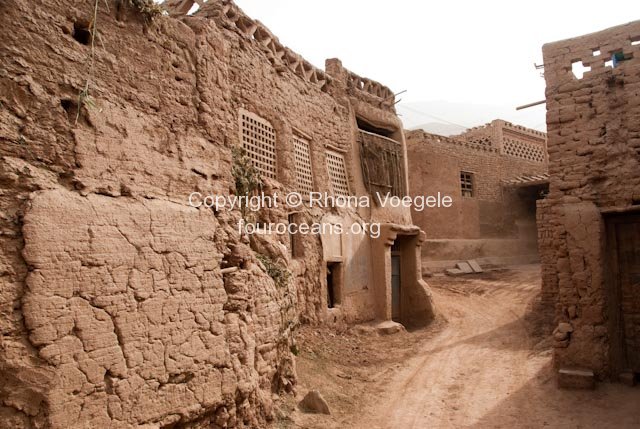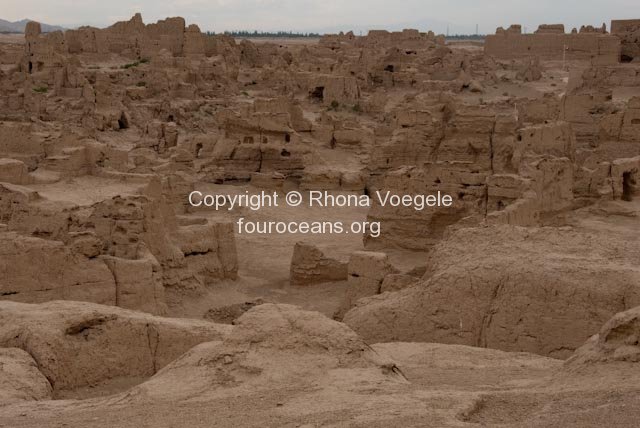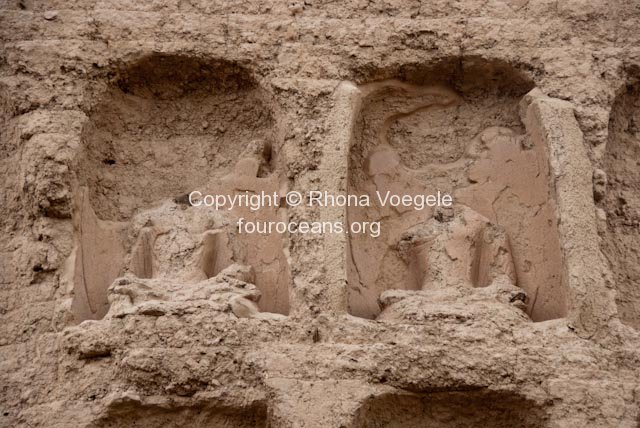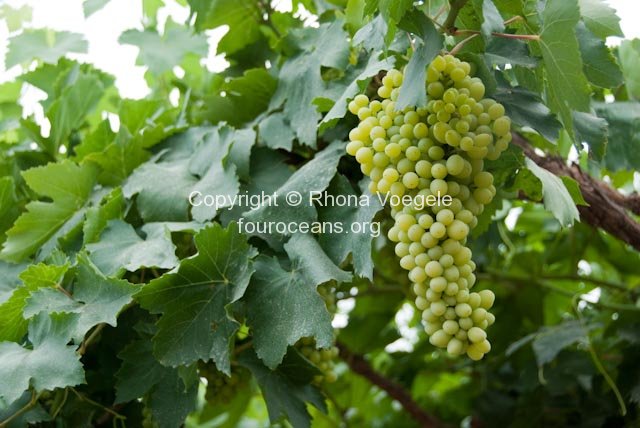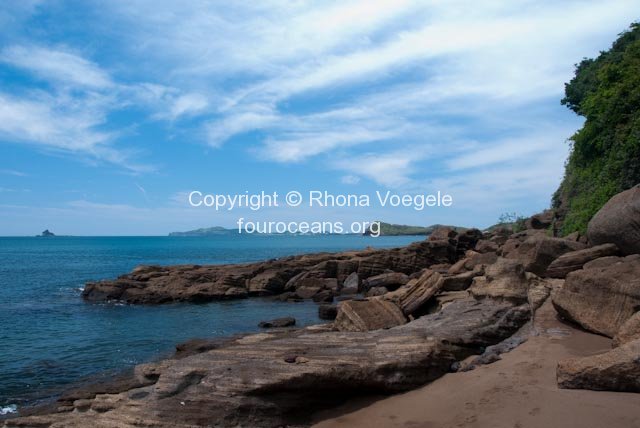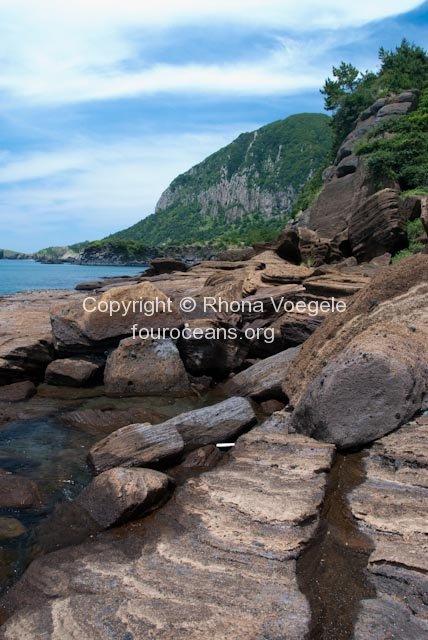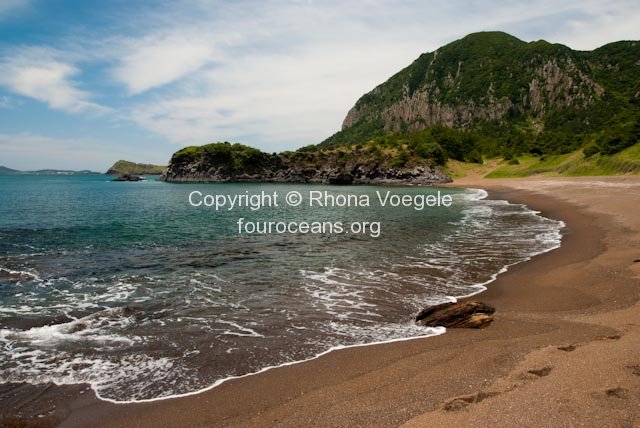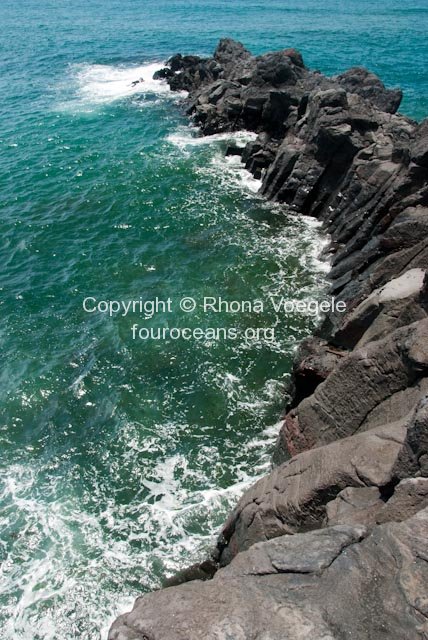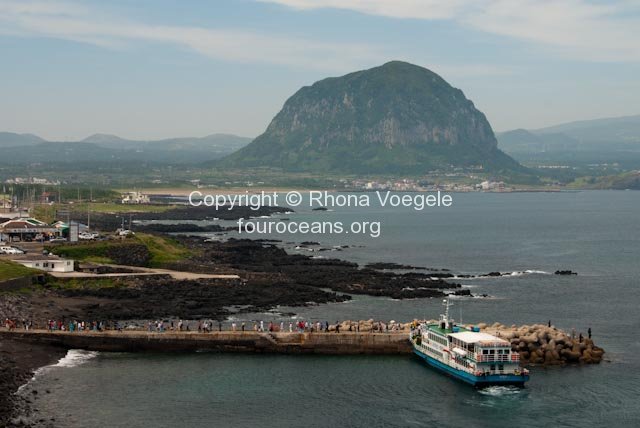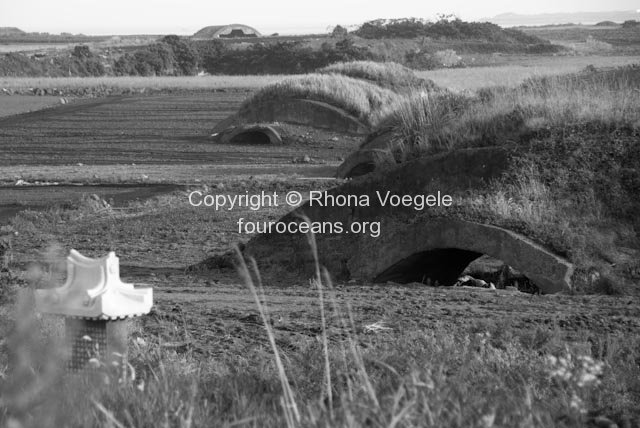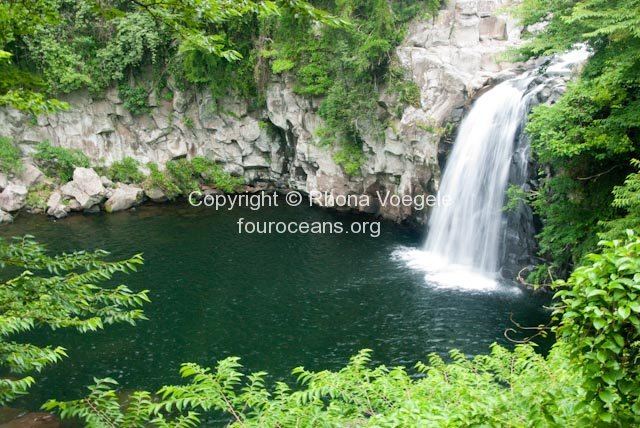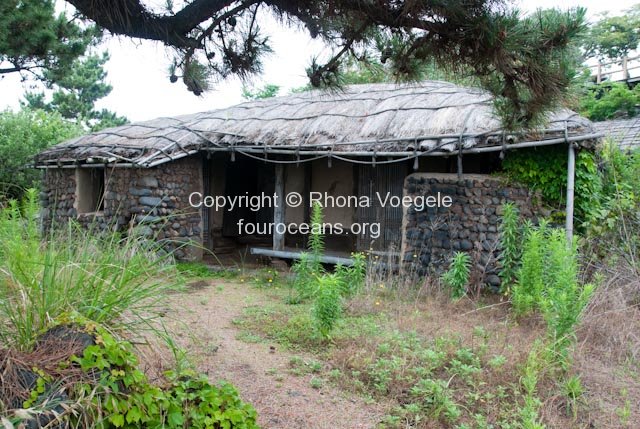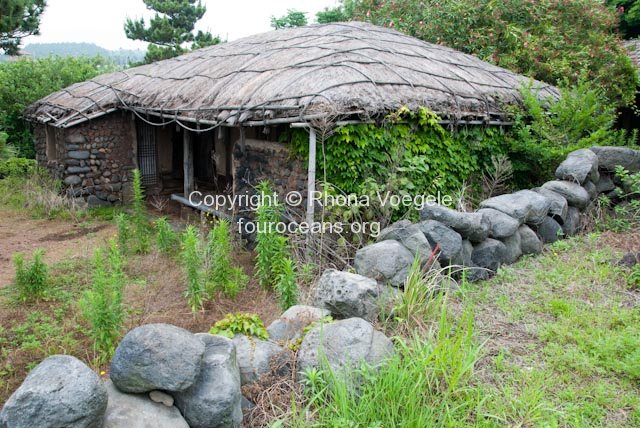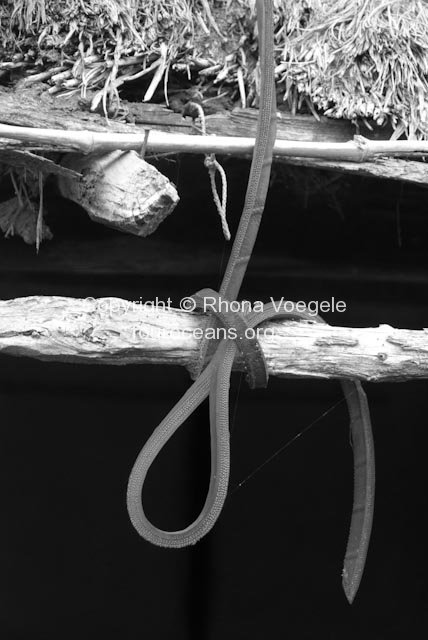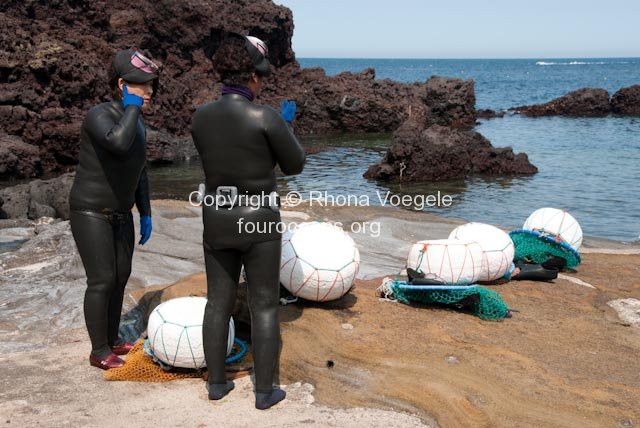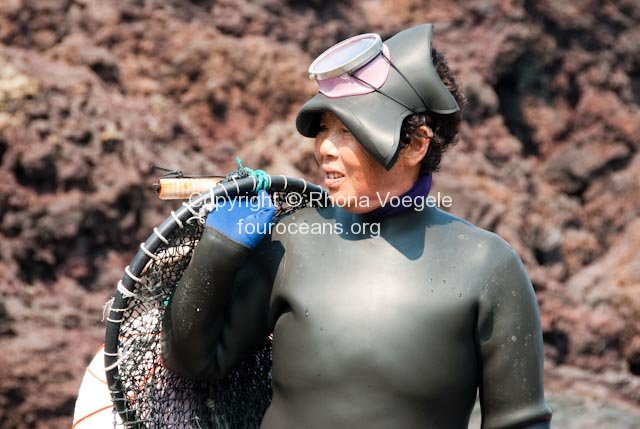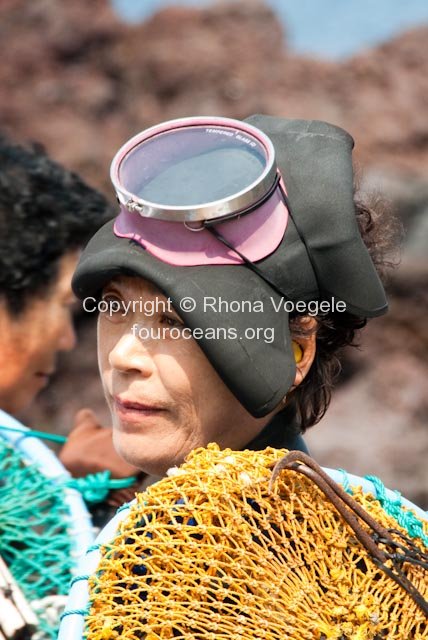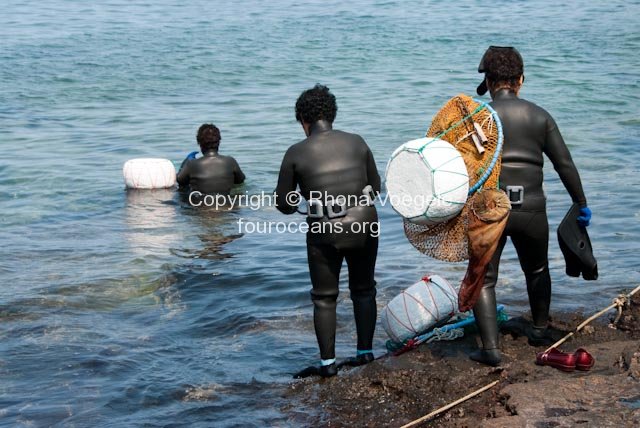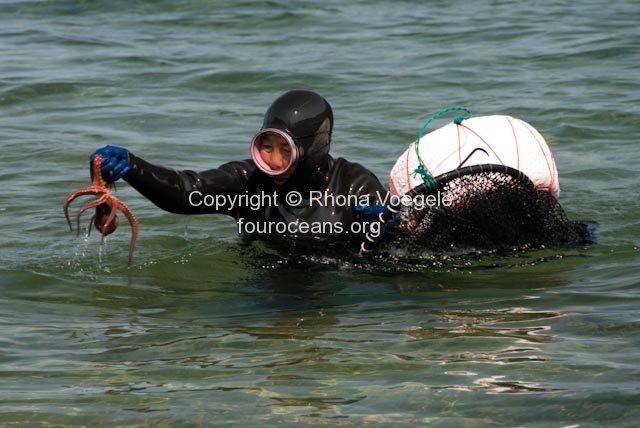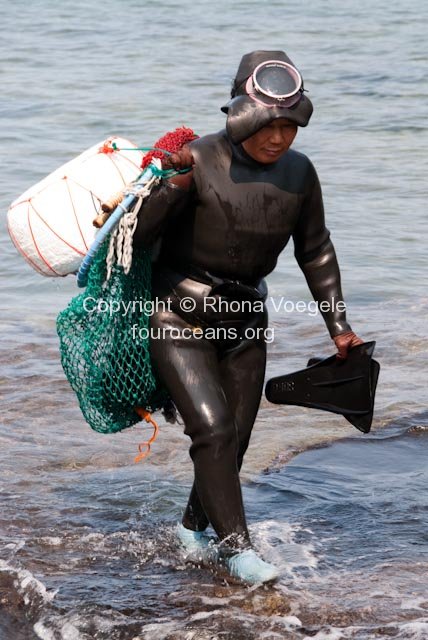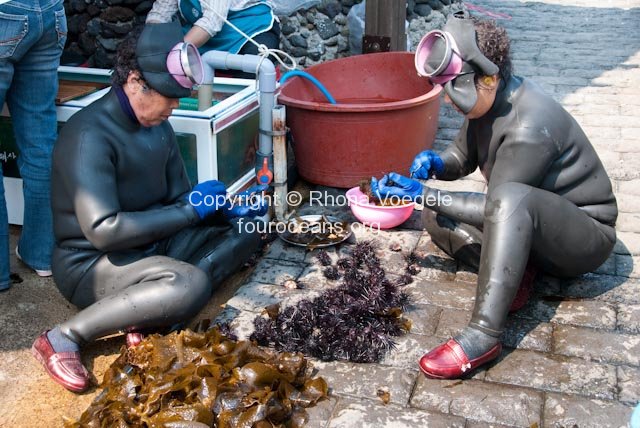Week 12: Bye bye Korea
–
–
We spent a little while longer on Jeju before waving goodbye to South Korea to land in Beijing. For two days we hiked along the Jeju Olle trail, a 12 day trail which follows the south coast of the island. It was nice to explore some of the less popular areas of the island and get away from the tour buses, which is exactly how the trail makers planned it. Along the coast we saw columnar jointing where lava had cooled fast when it hit the water and inland we stumbled across a massive area of aircraft hangers where the Japanese had an airport in the Second World War. In the cliffs along the coast long tunnels were their first defence of the Korean mainland as they started losing the war in the Pacific. Another find was a village of abandoned traditional houses typical of Jeju which was overgrown with weeds. Sheltered behind walls made of black volcanic stone the low houses were also built from the local stone. The rooves were made with thatch and securely tied down to stop them blowing away in high winds.
On the first day we ate at a Haenyo house, where Jeju’s famous women divers sell their catch to hungry tourists. On our second last day we watched some of them go out diving with their rudimentary wetsuits and low tech gear. They brought back seaweed, sea urchins, some fish and octopi. Historically men did the diving but in the 19th century women started going out in order to circumvent high taxes on the male divers. While the rest of Korea lived under strict Confucianism where women were subservient to men the Haenyeo of Jeju became the breadwinners in families on the island. These days there are less and less Haenyeo as the daughters of the tenacious divers choose easier jobs on the mainland or in the tourism industry on Jeju.
Another memorable meal was a soup that came out with ice cubes floating in it. We ordered it at a place that had no English or English speakers so we just pointed at something in our price range. We managed to work out that I was getting something with shellfish and Brett would have the same thing but with fish. The soup itself was quite vinegary, had cucumber and radish strips floating in it and my shellfish was both chewy and crunchy in turn. Some parts were so hard I didn’t think I could bite through them. Interesting but we probably don’t need to have it again.
Our last two days in Korea were lazy – on one we just went back to Seongsan Ilchulbong and saw the Haenyeo go out diving and on our last day we went back to Jeju si and ate nearly 2kg of citrus fruit. We left Jeju early on the 15th and flew up to Seoul where we managed to get on an earlier flight to Beijing.
It’s quite strange being back in Beijing, things have definitely changed around here in the past two years. On arrival at the airport there were no shonky taxi drivers hassling for their chance to fleece the new arrivals and when we caught the subway today there were electronic gates and queues! Not only that, but there are now 8 subway lines! It’s hard to believe but when I left China 2 years ago there was 2 lines open and one under construction. Now there are 8 open and 7 under construction. There’s a bridge over the road near where we’re staying that wasn’t there before and even though we know it’s less than 2 years old it looks like it’s been there forever. Online I can look at BBC and Wikipedia (though Youtube is still blocked) and on TV a reporter mentioned “the political incident of 1989”. Admittedly overseas one would call that the Tiananmen Square Massacre but it’s still a step in the right direction. And just as I think that China has changed immeasurably I step outside and see someone mopping the carpet. Aaaaah, the China I remember hasn’t disappeared quite yet.
It remains to be seen whether these changes are restricted to Beijing, host of the 2008 Olympics or whether the rest of China will have changed as much. We’ve decided to head to Xinjiang this time around as Tibet was just too difficult and all the restrictions made the trip ridiculously expensive. We might spend the winter in Central or South East Asia then come back early next year and try Tibet again. It’s going to be great to head back to Xinjiang, I’ve been twice as a tour leader and love it out there. Brett’s never been there before so it’ll be nice to be able to share it with him and spend some good time exploring.
